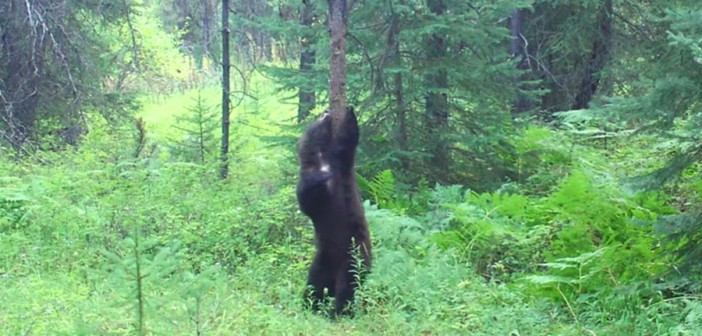Cadbury‘s new campaign, ‘Tastes Like This Feels’, follows Coke in promising consumers a tangible benefit – but it’s the use of YouTube footage that has the greatest consequences, says Rik Moore, head of creative strategy at Havas Media.
If your business results show that taste matters to your customers that much, then in makes sense to turn that insight to your advantage.
The new Cadbury’s ad is spot on for communicating what the product stands for in 2016, but the way it does it should give creative agency heads sleepless nights.
Using YouTube-style footage in ads is nothing new, but this is a massive household brand putting it at the heart of its creative. It’s memevertising on the grandest scale. This comes with a world of pros and cons, all of which should give creative agency CEOs the fear.
The big focus so far seems to be about the change in line. This feels more evolution than revolution.
The key factor is that taste is a functional differentiator for Cadbury, something Mondelez have recently found to their cost. A survey by IRI in January 2016 showed that a change in the chocolate used in Cadbury’s Crème Eggs reportedly lost the brand £6m in sales of that product last year.
If your business results show that taste matters to your customers that much, then in makes sense to turn that insight to your advantage, and make that differentiator the hero of your campaign.
Differentiation is essential
More and more, millenials and Gen Z want to see something beyond emotion – they want tangible output
Finding a differentiator and championing it is essential in this category, particularly with the growth of online grocery shopping. Chocolate is a highly impulsive category.
This doesn’t help online transactions, where it’s a world of favourites-lists and price promotions. It is believed 12% of shoppers go into the confectionary aisle online.
To address this, advertisers need to think about product findability, category occasion visibility, and brand visibility. It is this third factor that the taste differentiator can really support from a behavioural economics perspective.
By landing taste in their creative, Cadbury are priming their customers, ready to be prompted once at point of sale, be that digital or physical, as taste is a quality that can be used to fight off price-promoting competitors.
This focus on taste has very loud echoes of the change in tagline that Coke brought in recently, moving from ‘Open Happiness’ to ‘Taste the Feeling’. What I think the shift to “Taste” for both brands shows is the move towards delivering a tangible benefit, which is increasingly important.
More and more, millenials and Gen Z want to see something beyond emotion. They want tangible output in return for their investment. In this instance, taste delivers that.
The bear essentials
If I was in charge of an agency that had built a business on making beautiful, big budget TV campaigns, this would make me extremely nervous.
This move towards engaging these audiences has also clearly informed the memevertising approach to the creative. This is where the potential issue lies. A superbrand like Cadbury using YouTube footage in its ad sets a precedent for others to follow.
However, it is imperative that marketers recognise the subtlety of the piece. The Cadbury ad has simplicity, but simplicity that has required a lot of craft – finding the clip that absolutely works for the brand, aligned to the right soundtrack (which cannot have been cheap to sync).
It also allows fantastic cost-effective scalability to the campaign, as once you establish the parameters, anything can illustrate “Tastes Like This Feels” – it’s a new spin on MasterCard’s “Priceless”.
However, gone are the high production values of Joyville. If I was in charge of an agency that had built a business on making beautiful, big budget TV campaigns, this latest evolution in Cadbury’s messaging, and the knock-on implications that has for the industry, would make me extremely nervous.
There’s also the small matter that I doubt the bear got paid for being in the ad. If that’s true, that’s risky for Fallon – if The Revenant taught us anything, it’s that you definitely don’t want to make bears angry….
This article was first published on marketingmagazine.co.uk




